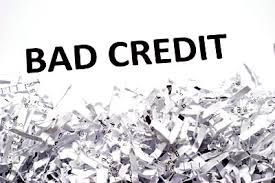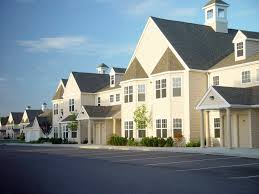The world of property and business is a very lucrative one, and as a result, many people choose to invest in rental properties. Buy to let mortgages are special types of mortgages specifically designed for individuals or companies who wish to purchase a property with the intention of renting it out. The world of property and business is a very lucrative one, and as a result, many people choose to invest in rental properties.

Buy to let mortgages are special types of mortgages specifically designed for individuals or companies who wish to purchase a property with the intention of renting it out. You can find the buy to let guide here.
Overall, buy to let mortgages can be a great way for savvy investors to earn passive income through rental properties. However, it is important to carefully consider all aspects of the investment before diving in.
What is a Buy to Let Mortgage?
Buy-to-let (BTL) mortgages are for landlords who want to purchase a property to rent it out. The rules surrounding buy-to-let mortgages differ from regular residential mortgages. These mortgages often require a larger down payment and have higher interest rates compared to traditional home mortgages. This is because buy to let properties are seen as more risky investments, as there is no guarantee of steady rental income.
Who can get a Buy to Let Mortgage?
Buy to let mortgages are typically only available to individuals or companies who already own at least one property and have experience as a landlord. You will also need to show that you have the financial means to support any potential loss of rental income and prove that being a landlord is your main source of income.
It’s important to note that buy-to-let mortgages typically have higher interest rates and require larger deposits than residential mortgages.
How much can you borrow for buy-to-let mortgages?
The amount you can borrow for a buy-to-let mortgage depends on the rental income you expect to receive from the property. Lenders will typically want your rental income to be at least 25% higher than your mortgage payments. Your overall financial situation and credit history may also be evaluated by lenders in determining how much they are willing to lend you.
How to choose property and mortgage?
The following factors should be considered:
Your potential tenants
Increase your chances of renting out successfully by considering which type of tenant you want and its location to match their requirements. For example, students, families, and young professionals all have different needs from a rental property. The wrong group or property and you may have difficulty finding tenants. Every day that the property is empty represents lost income for you.
Choosing a location
To find the best occupants for your property, you have to not only choose the perfect location, but also manage the property well. To save yourself time and money, it’s best if the property you’re managing is close to where you live. It’s not a bad idea to touch base with some local estate agents as well. They usually have their finger on the pulse of what people are looking for and could help you narrow down your search. Just be sure to chat with more than one so that you can get an accurate overview of the market in your area.
Your rental income
In order to make a profit, you’ll need to charge your tenants an amount of rent that is higher than the sum of your monthly buy-to-let mortgage payments and other associated costs (e.g., insurance, repairs, agent’s fees). You’ll need to take into account a few things when estimating your yearly budget for this property:
- accounted for any periods where the property is unoccupied/vacant?
- what other landlords or agents are charging for comparable properties in the area?




Leave a Reply